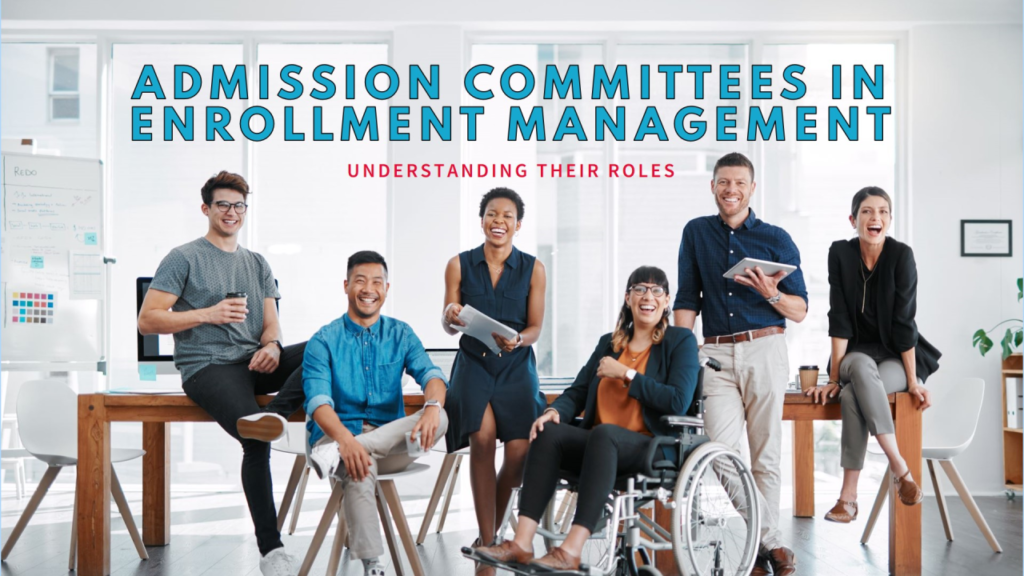In the ever-evolving landscape of private K-12 education, enrollment management professionals are increasingly tasked with ensuring not just the sustainability, but the growth of their institutions. Yet, despite implementing traditional marketing strategies—focused on the four P’s: price, product, place, and promotion—many schools find themselves struggling to reach and resonate with prospective families. The challenges go beyond just promoting the school’s offerings; they delve into the very culture and operational dynamics of the institution itself. The Misalignment of Traditional Marketing in Schools At the heart of this issue is a fundamental misalignment between traditional marketing principles and the operational realities of educational institutions. Traditional marketing suggests that price, product, place, and promotion should be carefully managed and aligned to meet customer needs. However, in many schools, these elements are often the responsibility of different individuals or groups, leading to a fragmented approach: Price is typically set by the head of the school, the board, and the business manager. Product (or educational service) is developed by the head, division heads, and faculty. Place is overseen by the head and the board. Promotion involves a wider array of stakeholders, including the head, director of admission, director of marketing and communications, faculty, students, and parents. This compartmentalization can result in a lack of coherence in the school’s overall marketing strategy, with promotional efforts disconnected from the actual needs and experiences of the customer—prospective families. The Problem with Mission Statements A school’s mission is often a double-edged sword in the context of marketing. People use this term “mission” and it can be a barrier to align with market realities. People confuse the idea of how you do things with why you do what you do, the latter being the true mission for most schools. Furthermore, many schools are reluctant to measure their success in achieving their mission, preferring subjective assessments over hard data. This reluctance to engage in measurable outcomes hinders the ability to make data-driven decisions that could better align the school’s offerings with the expectations of prospective families. Faculty Autonomy and the Customer Experience Another significant challenge lies in the autonomy of the faculty. While autonomy is crucial for fostering innovation and maintaining educational standards, it can also create a disconnect between the school and its customers. In many private schools, a significant portion of the customer base—wealthy families—may find themselves at odds with faculty members who subconsciously resent the socioeconomic differences between them. This can manifest in subtle ways, such as setting high academic expectations as a means of asserting authority, not learning. Of course at your school this probably doesn’t happen. Marketing, which inherently requires listening to and addressing customer needs, may be seen as a threat to this autonomy, leading to resistance from faculty members. The Need for a Trained Sales Force Promotion and recruitment efforts in schools are only as effective as the individuals carrying them out. Unfortunately, many schools do not invest in training their faculty, parents, or even admission staff to act as a cohesive sales force. The lack of formal training for faculty participating in open houses or parent volunteers can result in missed opportunities to effectively communicate the school’s value proposition to prospective families. In the corporate world, no successful company would send its sales team to meet customers without adequate training. Schools must adopt a similar approach if they hope to succeed in a competitive market. Rethinking Marketing in Schools To overcome these challenges, enrollment management professionals must advocate for a shift in how marketing is approached within their schools. This involves: Fostering Collaboration: The head of the school must encourage cooperation between the admission office, faculty, development, and communications and marketing. Marketing and recruitment cannot be an isolated activity; it requires input and alignment from all stakeholders involved in the school’s operations. Integrating Market Research: Ongoing marketing research should be a key component of the school’s budget. The insights gained from this research must be applied not only to promotional materials but also to program development, ensuring that the school’s offerings meet the evolving needs of its customers. Training and Empowering Faculty: Faculty should be treated as valuable partners in the marketing process. This means consulting them on admission and recruitment matters, showing them how they can contribute to marketing efforts, and providing them with the training needed to effectively engage with prospective families. Focusing on Customer Needs: Ultimately, the primary role of marketing is to stay in touch with those you seek to serve. For schools, this means listening to the concerns of parents—who prioritize good teachers, great teaching, and safety—and ensuring that these priorities are at the forefront of the school’s messaging and operations. Conclusion Traditional marketing strategies, when applied to the unique environment of K-12 private schools, often fall short because they fail to address the specific needs and dynamics of these institutions. Enrollment management professionals must lead the charge in rethinking how marketing is integrated into the school’s culture, ensuring that it is not just about promotion, but about aligning the entire school community with the needs and expectations of prospective families. Only through a coordinated, strategic approach can schools hope to thrive in today’s competitive educational arena.




